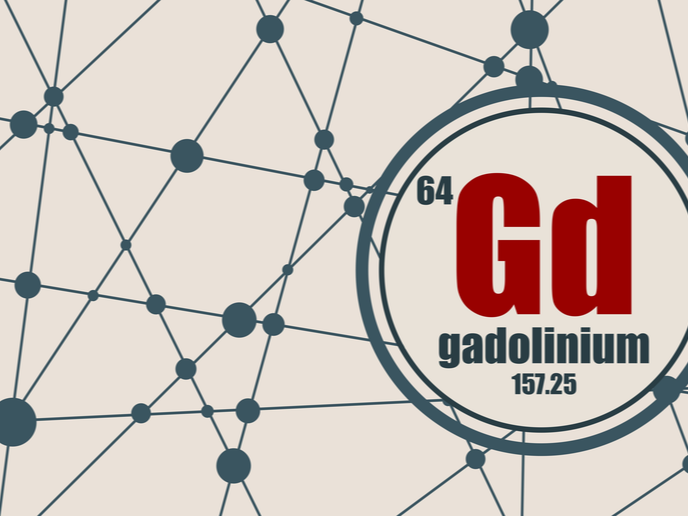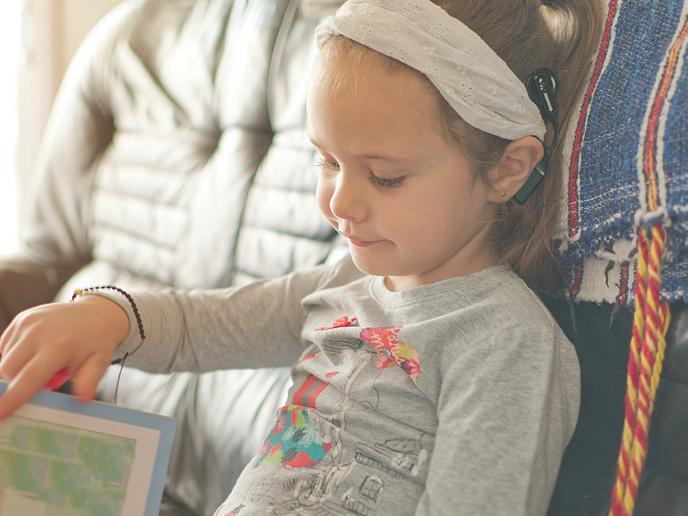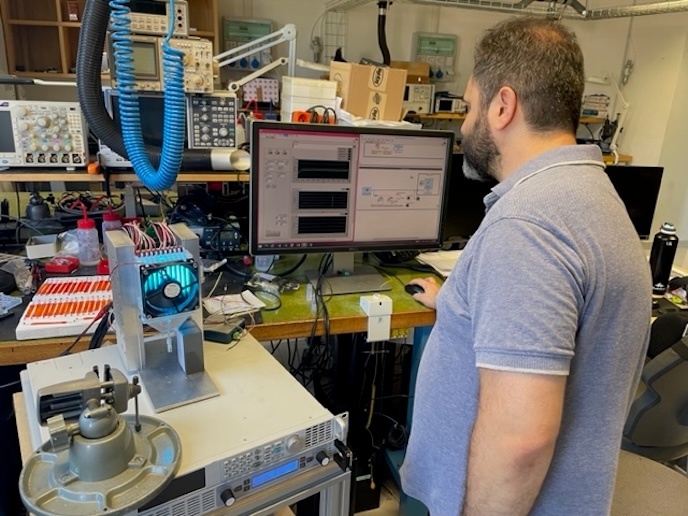Virtual reality platform helps amputees learn to use prostheses
For upper limb amputees, the rehabilitation journey can be complex, prolonged and fragmented. This often leads to suboptimal use of the prosthesis or, in some cases, the amputee abandoning the prosthetic altogether. “One of the key roadblocks to a successful rehabilitation is a lack of training on how to use the new prosthesis,” explains Edward Bosma, chief technology officer at The Simulation Crew(opens in new window) (website in Dutch). With the support of the EU-funded OneHAND(opens in new window) project, the company has developed an innovative virtual reality (VR) platform designed to help amputees learn to use their prosthetic hand. “Our tools aim to create a more efficient and motivating journey for users, resulting in better prosthesis utilisation and an improved quality of life for upper limb amputees,” adds Bosma, who coordinated the project.
Learning to use a prosthetic as an Italian barista
The VR platform features a game where patients control a virtual prosthetic device using electromyography (EMG) signals. In the game, the user takes on the role of a barista in an Italian café. “This pleasant environment, engaging game mechanics and the immersive nature of VR add up to a highly motivational learning experience,” says Bosma. Wearing an armband equipped with sensors, the game mimics the control of a real prosthesis, challenging the user to complete such tasks as grasping and carrying items, and pushing buttons. In addition to the game itself, the platform also provides tools that therapists can use to guide patients and analyse their performance.
Best practices for upper limb rehabilitation
The viability and feasibility of the training platform were confirmed via testing in different behavioural environments involving prosthesis users, therapists and able-bodied participants. “We are very proud of the game’s usability, attractiveness and effectiveness, as evidenced by the feedback we received from all test groups,” notes Bosma. In addition to the platform itself, the project also conducted a comprehensive literature review of upper limb prosthesis rehabilitation, with a particular focus on the key factors for improving outcomes. Based on this work, researchers developed standardisation guidelines(opens in new window) that offer best practices for upper limb rehabilitation, FAQs, exercise lists and relevant resources. “Combined with the standardisation guidelines, the VR training game has the potential to revolutionise the rehabilitation process and training for prosthetic use,” adds Bosma.
A new standard in patient care
The Simulation Crew is now working to bring the solution to market, first as a training device and, after proper certification, as a medical device. It recently established a strategic partnership with a reseller active in rehabilitation, who will help bring the OneHAND platform to the international market. The company is also working to organise pilots at both clinics and educational institutions. “I am confident the OneHAND project will not only open the door to the use of VR in prosthetic training but will also influence future technological advancements in rehabilitation – ultimately setting a new standard in patient care,” concludes Bosma.







